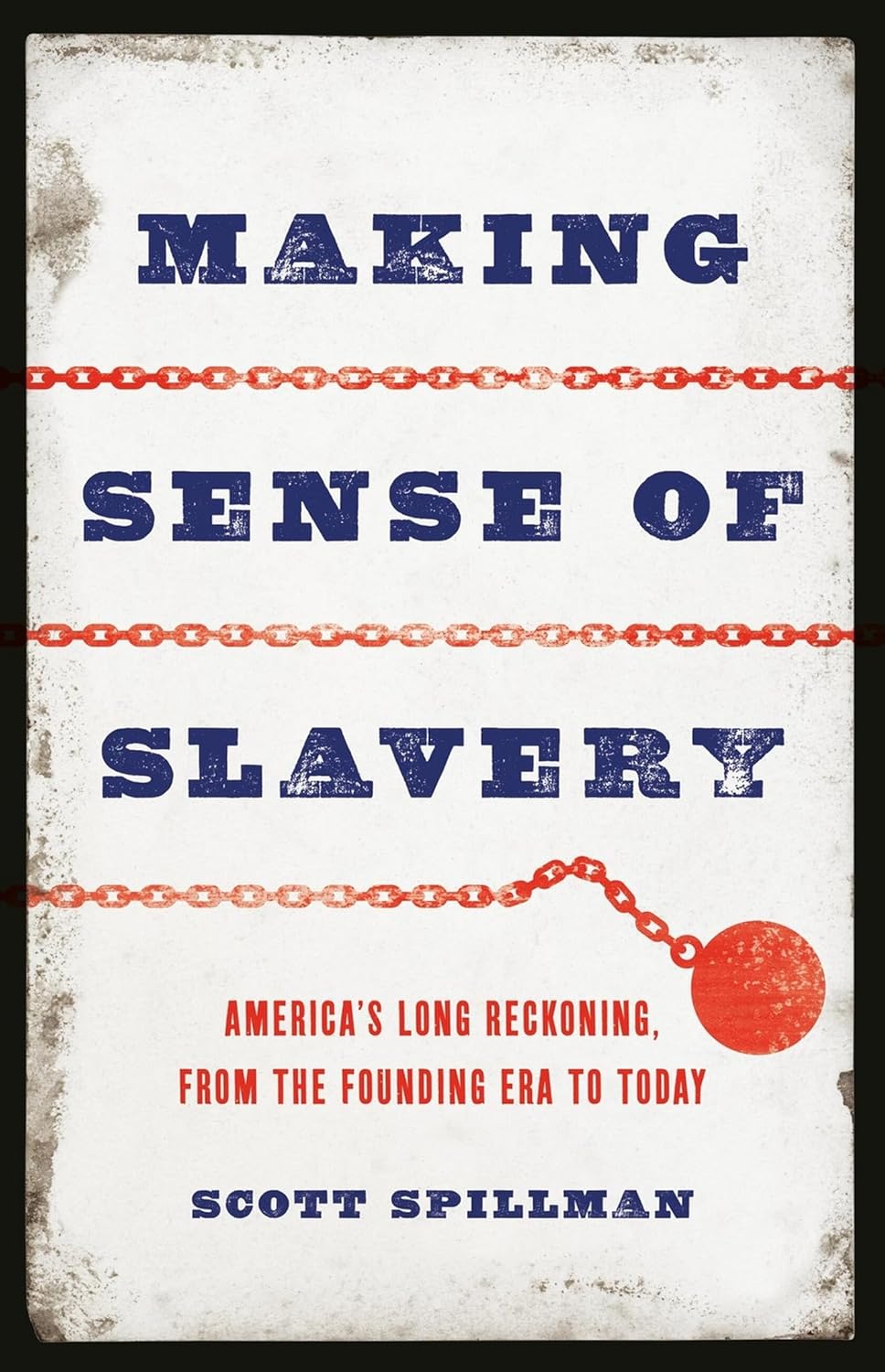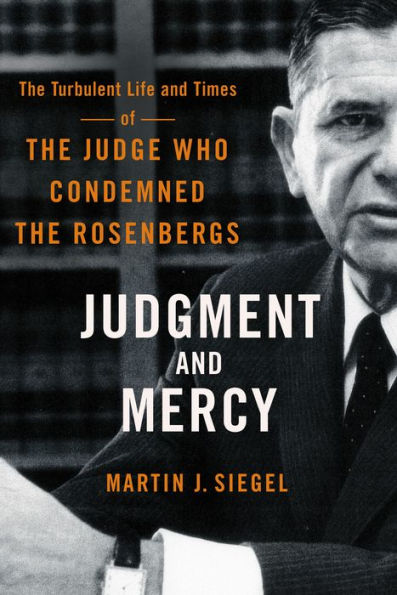Making Sense of Slavery: America’s Long Reckoning, from the Founding Era to Today
- By Scott Spillman
- Basic Books
- 448 pp.
- Reviewed by Hannah Joyner
- March 10, 2025
A reflection on the ways historians frame the peculiar institution.

In Making Sense of Slavery, Scott Spillman considers the changing ways scholars have written about the paradox of bondage in the land of the free. Readers might assume this topic would appeal only to grad students preparing for exams, but Spillman’s book is accessible, important, and engaging. By considering transformative historiographical debates published from the signing of the Declaration of Independence until today, the author shows that studies of slavery have always not only responded to cultural contexts but shaped them. As he says, the study of slavery “is itself a history of American politics, society, and thought.”
In the nation’s earliest days, many writers argued that the existence of slavery was “incompatible with a republic based on principles of freedom and equality.” The commitment to liberty and individual rights popular in the 1770s mellowed by the 1790s, when the Constitution’s three-fifths clause enshrined slavery by buttressing the political strength of states containing high numbers of enslaved people. That support encouraged the continuation of slavery and also its spread to new states and territories.
By the 19th century, “Southern interests increasingly trumped Revolutionary ideals.” Writers talked less about liberty and more about racial differences between slaveholders and those they held in bondage. Black people were increasingly “placed at the bottom of the racial hierarchy,” leaving them “outside the realm of rational citizenship.” White writers began to argue that slavery was a paternalistic system in which slaveholders protected both enslaved people and the broader society, an argument that suggested Black Americans not only deserved but required enslavement.
While early historians consulted legal records and other sources, extensive empirical investigation emerged only with the rise of graduate schools and the professionalization of the discipline. Scholars from a wider range of backgrounds began to receive training. Raised in Wisconsin, Frederick Jackson Turner (1861-1932) argued that the heart of American identity was not the history of slavery but instead the “perennial rebirth” that came with the “expansion westward with its new opportunities.”
Southerner Ulrich B. Phillips (1877-1934) proposed “rewriting American history from the southern perspective” (the white Southern perspective, that is, with its assumptions about racial hierarchy). W.E.B. Du Bois, the first Black scholar to earn a Ph.D. in history, used insights from sociology to explore the legacy of slavery on the Black community. He took information about enslaved people seriously — a rarity at the time — arguing that slaves had cultural traditions that portrayed, as he wrote, “death and suffering and unvoiced longing,” as well as “faith in the ultimate justice of things.”
Although Making Sense of Slavery lays out the historiography of slavery chronologically, studies from one generation often expanded upon — or explicitly contradicted — the ideas of previous historians. Not surprisingly, both Phillips’ assumptions of Black inferiority and Turner’s decentering of slavery in the American narrative resounded in historical studies for generations to come. But it was Du Bois’ statement that slaves’ lives were full of both profound suffering and hope that sparked one of the most central discussions of late-20th-century historiography. What was it like to live through the violent degradation of slavery? Was it dehumanizing? Or did Black cultural traditions help enslaved people maintain full humanity even in the face of subjugation?
Stanley Elkins and Eric McKitrick, whose book Slavery was released in 1959, argued that any assumption of Black inferiority was based not on innate characteristics but on the effects of the extreme and deliberate infantilization of enslaved people by their so-called masters. Eugene Genovese responded that, while the cruelty of slavery might produce passive Sambos, it could also produce revolutionaries like Nat Turner. In the ensuing years, historians such as Lawrence Levine and John Blassingame turned their attention to the strength of cultures and communities of enslaved Americans, thereby reinforcing that the experiences of enslaved Black people belonged in historical investigations of slavery.
In the 21st century, historians have engaged in more public discussions about the legacy of slavery. Spillman points out that these actions often do “not sit well with conservatives,” who resist the “emphasis on white supremacy and racial oppression rather than freedom and opportunity as the defining characteristics of American history.”
But the study of slavery raises questions deeper than the institution itself and broader than the field of history. “The fact that we continue to wrestle with [slavery] today is a sign that we are still grappling with the meaning of liberty and equality,” the author states, and “still trying to figure out how we might put those ideas more fully into practice.” Spillman is an exceptionally thoughtful and engaging guide through the questions and debates that have animated the study of slavery — and freedom — in America for the past two-and-a-half centuries.
Hannah Joyner is a freelance critic and an independent historian who lives in Takoma Park, MD. You can find more of her bookish conversations on her YouTube channel, Hannah’s Books.

